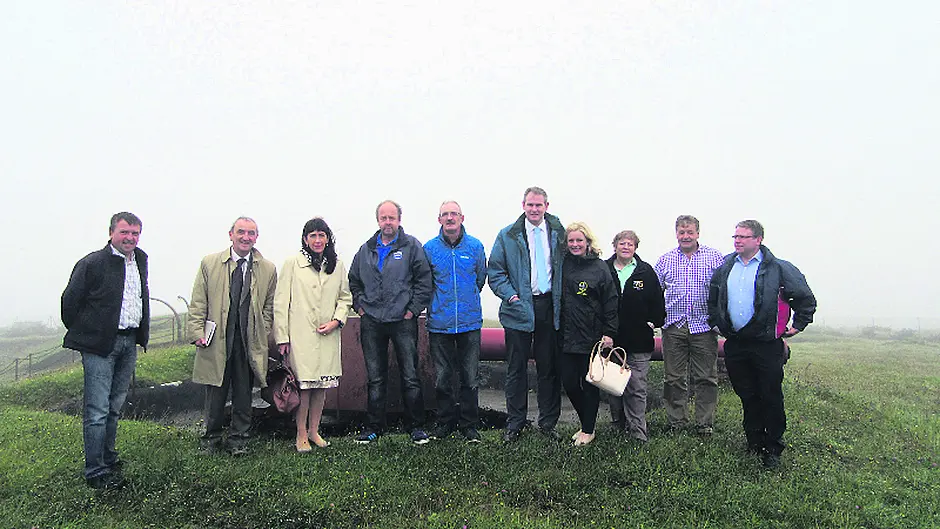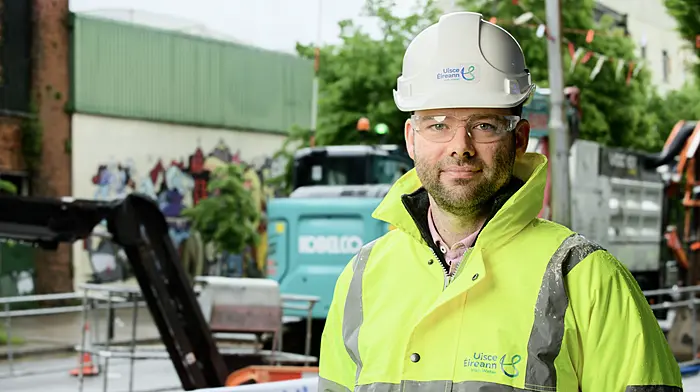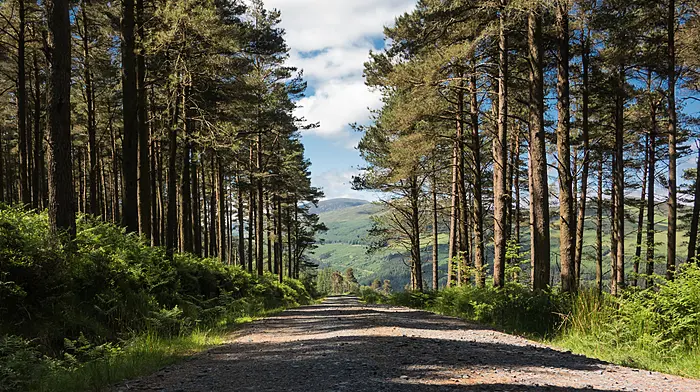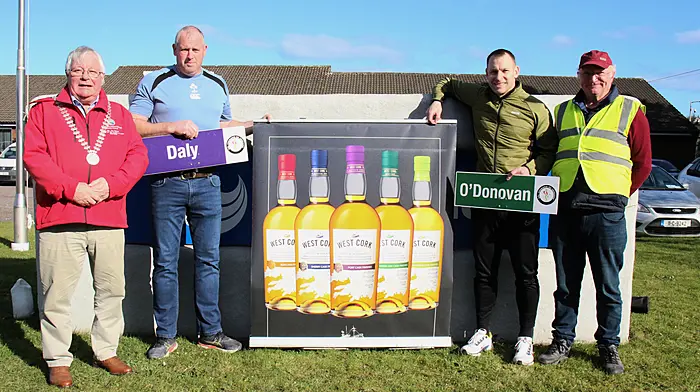A former WWI battery on Bere Island has the potential to become a major visitor attraction, writes Helen Riddell
Bere Island has a long military history, which includes incursion by the Vikings, the landing of Sir George Carew and his army in 1602 during the Siege of Dunboy, and the construction of four Martello towers following the attempted invasion of Bantry Bay in 1798. In 1898 the British admiralty issued a compulsory purchase for the eastern end of the island in order to build fortifications to protect their dreadnoughts when they anchored in Berehaven Harbour. The ships needed 48 hours of protection while routine maintenance was carried out, and while they got up sufficient steam in their boilers. This led to the construction of seven gun batteries, a signal tower, a barracks, a quay and assorted storage buildings on the island.
The battery constructed at Lonehort was the largest and most strategic and consisted of two 6” guns and one 9” gun along with ammunition stores, barracks and watchtowers with high-powered searchlights. A 15-foot dry-moat was built surrounding this fort and this could only be crossed at one point by a small iron bridge. The guns at Lonehort, whilst they were regularly fired in practice drills, were never fired in defence. At one time during the height of the British Naval base on Bere Island it was estimated that when the British fleet dropped anchor in the harbour, the local population increased by 13,000 men. Local folklore had it that you could walk from the mainland to Bere Island simply by stepping from ship to ship.
Bere Island remained in British control during the First World War. In 1922, under the terms of the Anglo-Irish Treaty the British withdrew from most of Ireland apart from the deepwater treaty ports, at Berehaven, Queenstown (now Cobh) and Lough Swilly. These were retained until 1938, with the official handover of Fort Berehaven, Bere Island taking place on September 26th, 1938. Lonehort Battery is still owned by the Department of Defence, which maintains a base on the island.
Local community group Bere Island Projects Group (BIPG) realised the potential of developing Lonehort Battery as a visitor attraction, and when in 2003 the Bere Island Conservation plan was set in place by BIPG, the Heritage Council and Cork County Council, one of the key objectives outlined in the plan was to work with the Department of Defence to restore and open the battery. Following negotiations with the Department of Defence, in 2012 BIPG secured a licence from them to develop Lonehort Battery.
BIPG are responsible for supporting FÁS and Rural Social Schemes on the island, and workers on both these schemes have been instrumental in undertaking work at the battery, clearing pathways, and carrying out general maintenance under guidance form the Heritage Council. BIPG have also carried out a number of surveys on the battery, including a full engineering feasibility study, a heritage interpretation study and environmental studies of the site, including a bat conservation study.
One of the major obstacles the group faces in developing the battery is funding. BIPG recently secured funding from Cork County Council to install safety fencing around the perimeter of the moat at the battery. John Orpen, chairman of BIPG commenting on the funding issue said, ‘developing Lonehort Battery will be a huge benefit to the island community, and will hopefully lead to the creation of more employment on the island. But funding is the big issue and we need as much help as we can get. Lonehort Battery, isn’t just about the history of Bere Island – it’s an important part of Irish history and should be preserved and made accessible to all.’
John Walsh, Project Officer with BIPG, explained how unique Lonehort is: ‘In the UK similar types of fort were modified following WWI and were subsequently adapted for use in WWII. Lonehort hasn’t been touched since the day it was built.’
When open, as well as providing visitors with information on Bere Island’s military history, BIPG hope that the site can be used as a venue to host art exhibitions, and theatrical and musical performances. In 2014 an artist in residency scheme on the island culminated with an exhibition of glass sculptures in the underground cartridge stores at Lonehort, and a Canadian theatre company who staged a performance on the island earlier this year are interested in using the battery as a potential venue for future performances.
John Walsh thanked everyone for the support they have been given to date with restoring the battery. ‘We couldn’t have got this project off the ground without the continued help we have had from the Department of Defence, Cork County Council and the Heritage Council.
We still have a long way to go, but the development of Lonehort Battery will, we hope, make Bere Island one of the key tourist destinations in Cork.’









